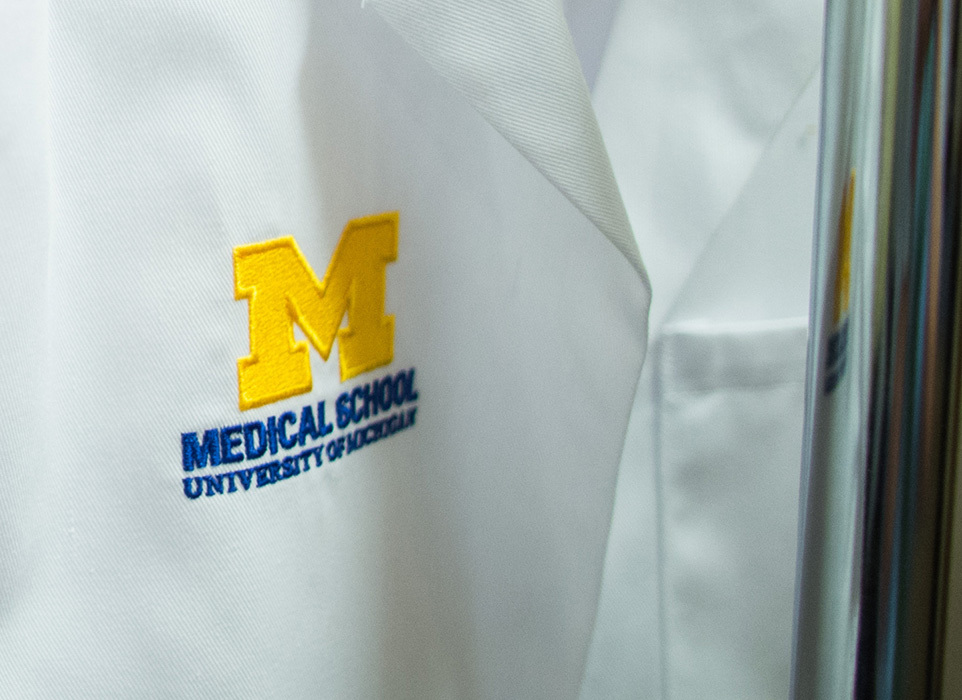Showing 1-15 of 143 results

Anne B Young Collegiate Professor of Neurology
Professor of Neurology and Section Head
Co-Division Chief Movement
Professor of Neurology and Section Head
Co-Division Chief Movement

Associate Professor of Neurology

James V Neel Collegiate Professor of Human Genetics
Professor of Human Genetics
Chair, Department of Human Genetics
Professor of Neurology
Professor of Human Genetics
Chair, Department of Human Genetics
Professor of Neurology

Professor of Psychiatry
Professor of Neurology
Program Director of Psychology Postdoctoral Fellowship Training
Adjunct Professor of Psychology, College of Literature, Science, and the Arts
Professor of Neurology
Program Director of Psychology Postdoctoral Fellowship Training
Adjunct Professor of Psychology, College of Literature, Science, and the Arts

Adjunct Clinical Associate Professor of Psychiatry
Adjunct Clinical Associate Professor of Neurology
Adjunct Clinical Associate Professor of Neurology

Associate Professor Emerita of Neurology

Angela Dobson Welch and Lyndon Welch Research Professor
Associate Professor of Neurology
Associate Professor of Neurology

Instructor in Neurology

Associate Professor of Neurology
Associate Professor of Psychiatry
Associate Professor of Psychiatry

Professor of Radiology
Professor of Neurology
Professor of Neurology

Associate Professor of Molecular and Integrative Physiology
Associate Professor of Neurology
Associate Professor of Neurology

Holtom-Garrett Family Professor of Neurology
Associate Professor of Neurology and Section Head
Multiple Sclerosis
Associate Professor of Neurology and Section Head
Multiple Sclerosis

Associate Professor of Physical Medicine and Rehabilitation
Associate Professor of Neurology
Associate Professor of Neurology

Professor of Kinesiology
Associate Dean for Graduate Affairs, School of Kinesiology
Adjunct Professor of Physical Medicine and Rehabilitation
Adjunct Professor of Neurology
Associate Dean for Graduate Affairs, School of Kinesiology
Adjunct Professor of Physical Medicine and Rehabilitation
Adjunct Professor of Neurology

Professor of Neurology